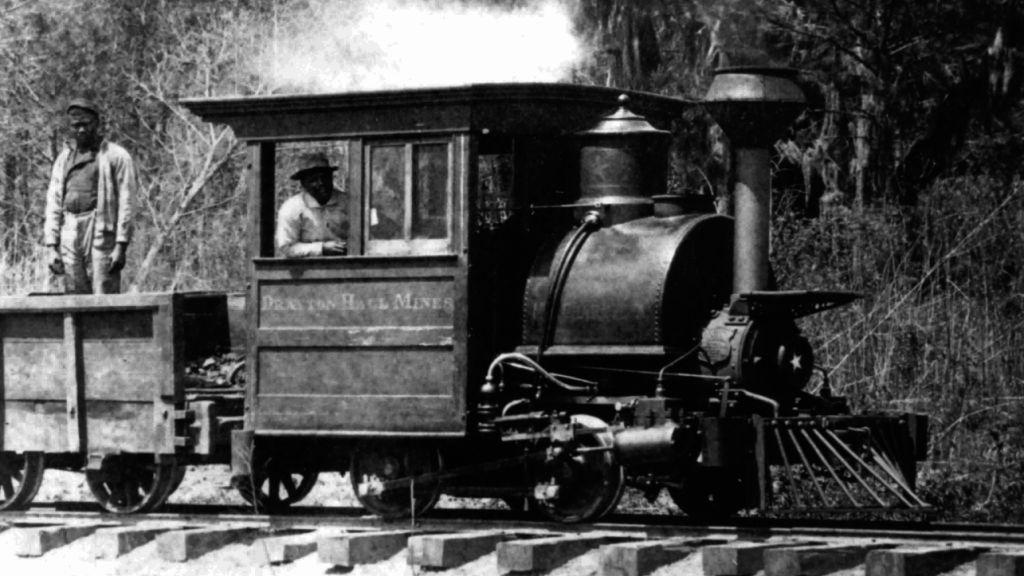

Phosphate mining and manufacturing became the primary industry in Charleston after the Civil War. The Lowcountry was quickly industrialized as drying sheds, wharves, fertilizer mills, and rail lines were built on the former agricultural landscape. Many former planters, including the Draytons, leased or managed mining operations on their plantation lands. Between 1868 and 1910, a series of phosphate mining companies leased the Drayton Hall property. Meanwhile, freed African Americans comprised the labor force. Many freed people had traveled to Charleston seeking family and access to land, schools, and economic opportunities. Some people who had been enslaved at Drayton Hall continued to live on the property after Emancipation, and a larger community of miners formed as the mining operation on the property grew. After mining ended in the early 20th century, many families remained at Drayton Hall until the 1950s. While it may seem that all evidence of the phosphate mining endeavor has been lost, once you know where to look, the evidence is everywhere. Join curator Cameron Moon and Dr. Shepherd McKinley, author of Stinking Stones and Rocks of Gold: Phosphate, Fertilizer, and Industrialization in Postbellum South Carolina, and Senior Lecturer in the History Department at the University of North Carolina at Charlotte, for a discussion about the phosphate mining industry at Drayton Hall and across the Lowcountry.
Â